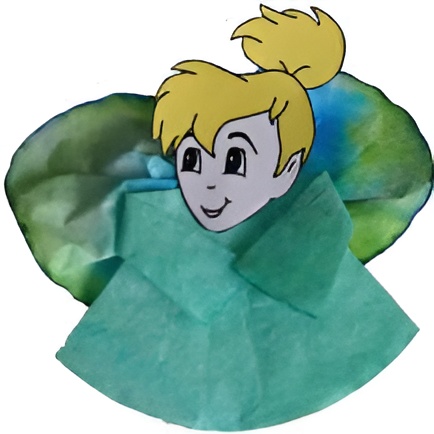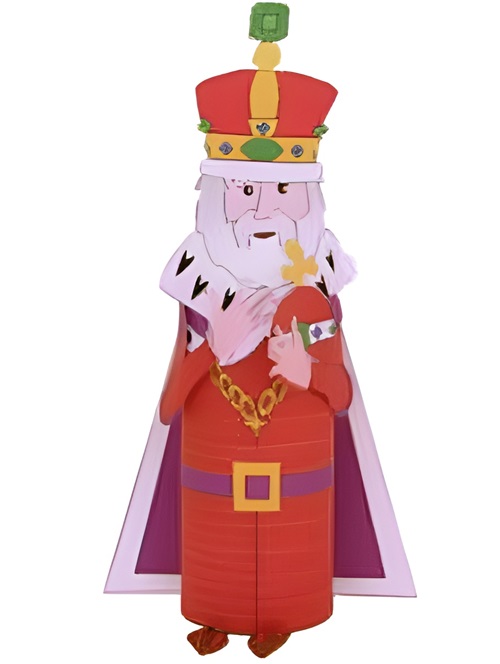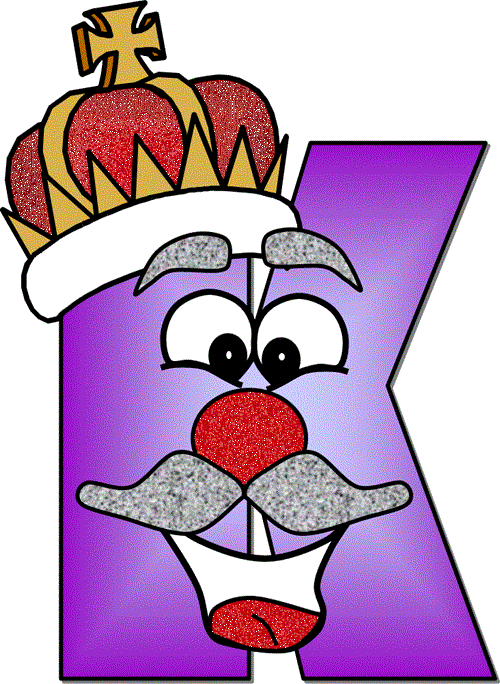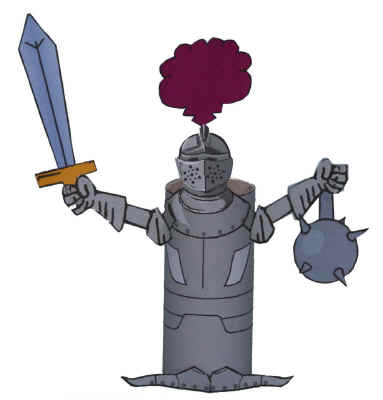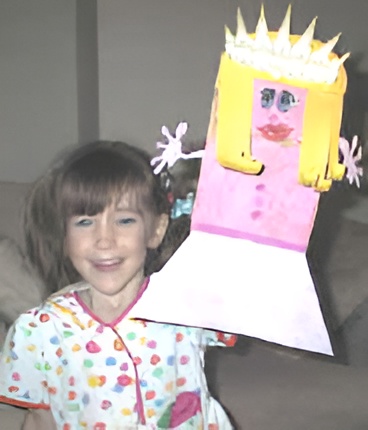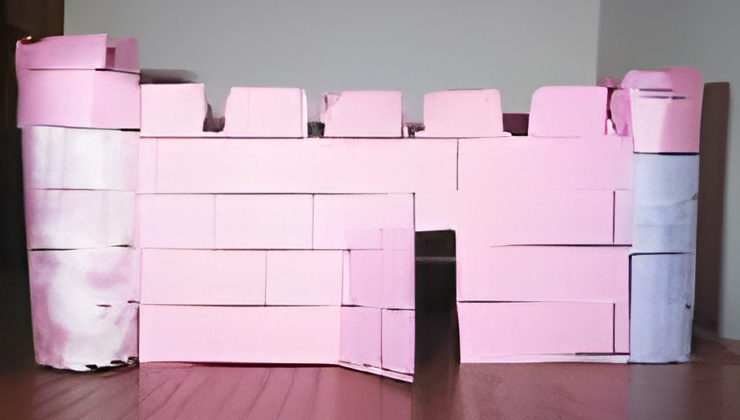DLTK's Fairy Tales Activities
Sleeping Beauty
Sleeping Beauty is a European fairy tale -- the version we're most familiar with is the one collected by the Grimm's Fairy Tale version. The first time the story was collected into a book was in Charles Perrault's book published in 1695.
Sleeping Beauty Words and Coloring Pages:
Listen to the story and read along (12 pages)
Print the story (12 pages)
Story on one page
Sleeping Beauty Themed Crafts:
Sleeping Beauty Creative Writing:
Sleeping Beauty Printable Resources:
Sleeping Beauty Puzzle Worksheets:
On-Line Jigsaw Puzzle:
The History of "Sleeping Beauty"
"Sleeping Beauty" is a classic fairy tale that has been told and retold in various cultures, with its most famous versions popularized by Charles Perrault and the Brothers Grimm. The story revolves around a beautiful princess who falls into a deep sleep due to a curse and is eventually awakened by a prince's kiss.
Early Origins
-
Giambattista Basile's "Sun, Moon, and Talia" (1634):
- One of the earliest known versions of the Sleeping Beauty tale is found in Giambattista Basile's Pentamerone, published posthumously in 1634. In this version, titled "Sun, Moon, and Talia," the story includes elements of fate and prophecy, with Talia falling into a deep sleep due to a splinter of flax.
-
Charles Perrault's "La Belle au bois dormant" (1697):
- Charles Perrault's adaptation, "The Sleeping Beauty in the Wood," was published in his Histoires ou contes du temps passé in 1697. Perrault's version introduced many of the elements familiar to modern audiences, such as the wicked fairy, the spinning wheel, and the 100-year sleep.
-
The Brothers Grimm's "Dornröschen" (1812):
- The Brothers Grimm included their version, "Little Briar Rose," in their Grimm's Fairy Tales collection in 1812. The Grimms' version follows a similar storyline but adds darker elements and a more dramatic narrative, focusing on the curse and the eventual awakening by a prince.
Themes and Interpretations
- Fate and Destiny: The tale often explores themes of fate and destiny, with the princess's curse and eventual awakening being foretold or inevitable.
- Good vs. Evil: The conflict between the benevolent and malevolent fairies highlights the classic fairy tale theme of good versus evil.
- Patience and Hope: The 100-year sleep symbolizes patience and the idea that good things come to those who wait.
Modern Adaptations
-
Tchaikovsky's Ballet (1890):
- Pyotr Ilyich Tchaikovsky composed a ballet based on the tale, premiering in 1890. The ballet's music and choreography have become iconic, adding a new dimension to the story.
-
Disney's "Sleeping Beauty" (1959):
- Walt Disney's animated film "Sleeping Beauty" is one of the most famous adaptations. Released in 1959, it features Princess Aurora and the villainous Maleficent, with the animation style and music heavily influenced by Tchaikovsky's ballet.
-
Contemporary Retellings:
- The tale has inspired numerous books, films, and television adaptations, each offering unique interpretations and modern twists. Examples include "Maleficent," which retells the story from the antagonist's perspective, and various young adult novels that reimagine the classic tale.
Cultural Impact
"Sleeping Beauty" remains a beloved fairy tale, celebrated for its enchanting narrative and rich themes. Its timeless appeal continues to inspire creators across different media, ensuring that the story remains a significant part of cultural and literary traditions.





